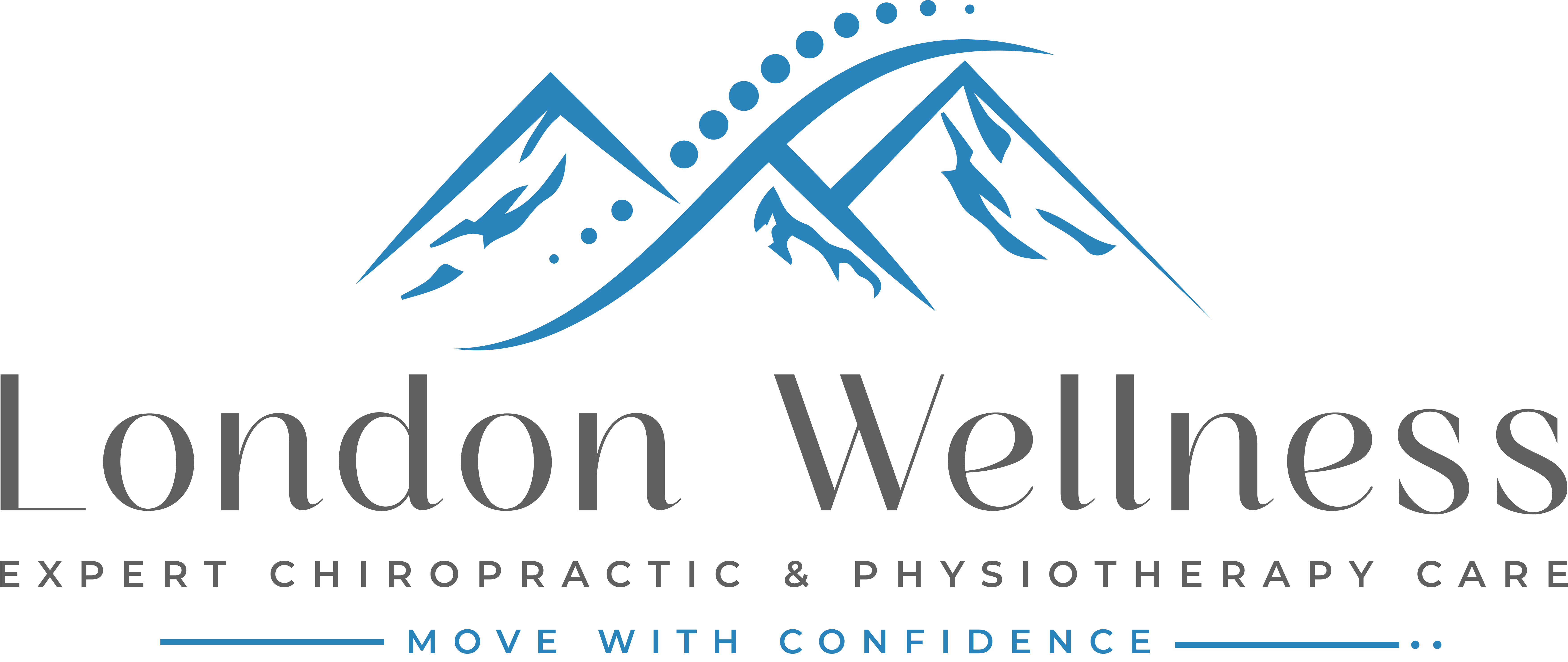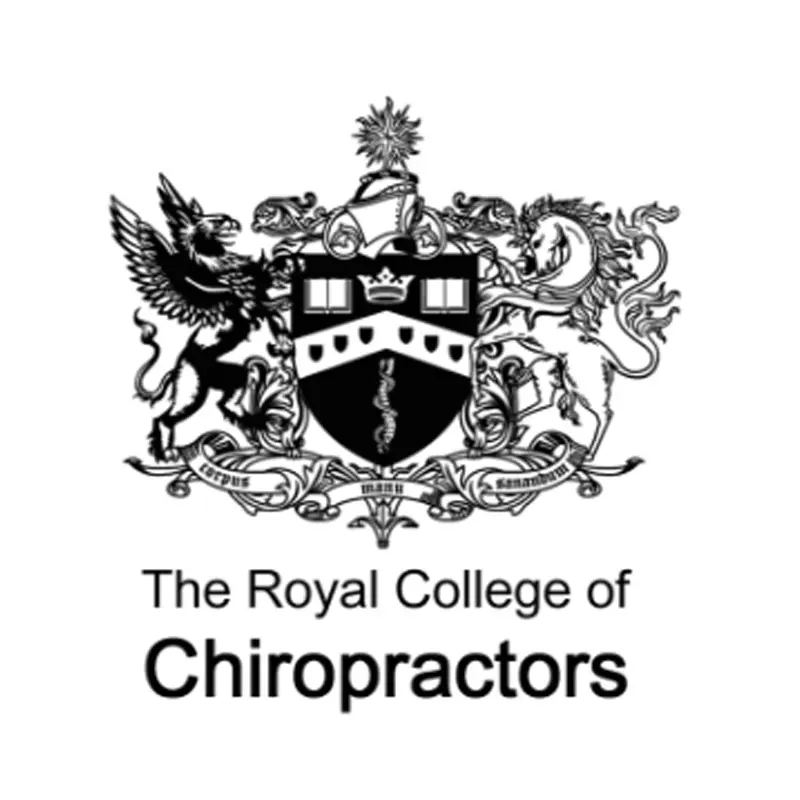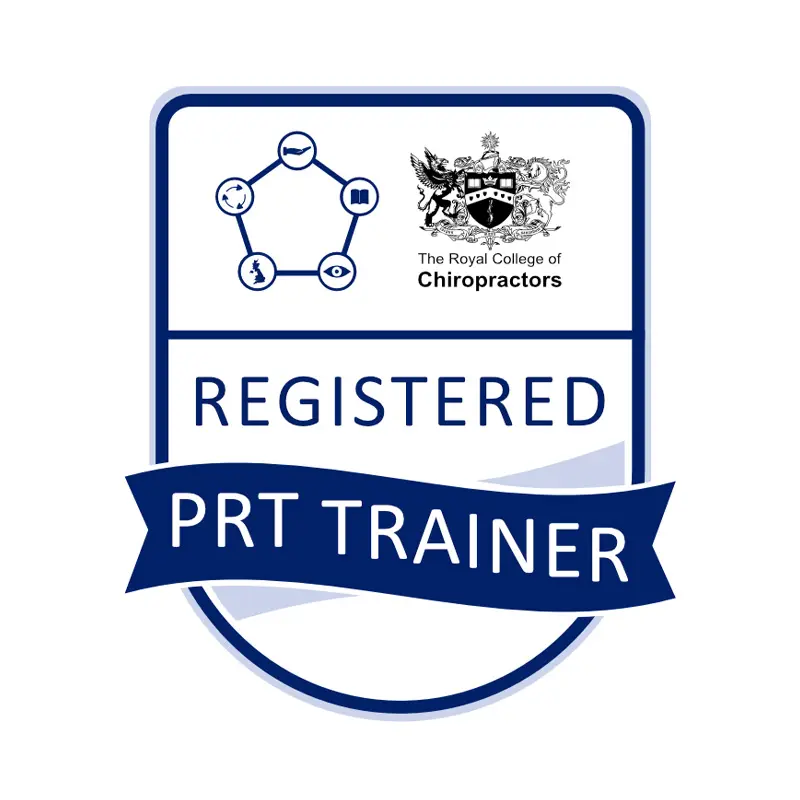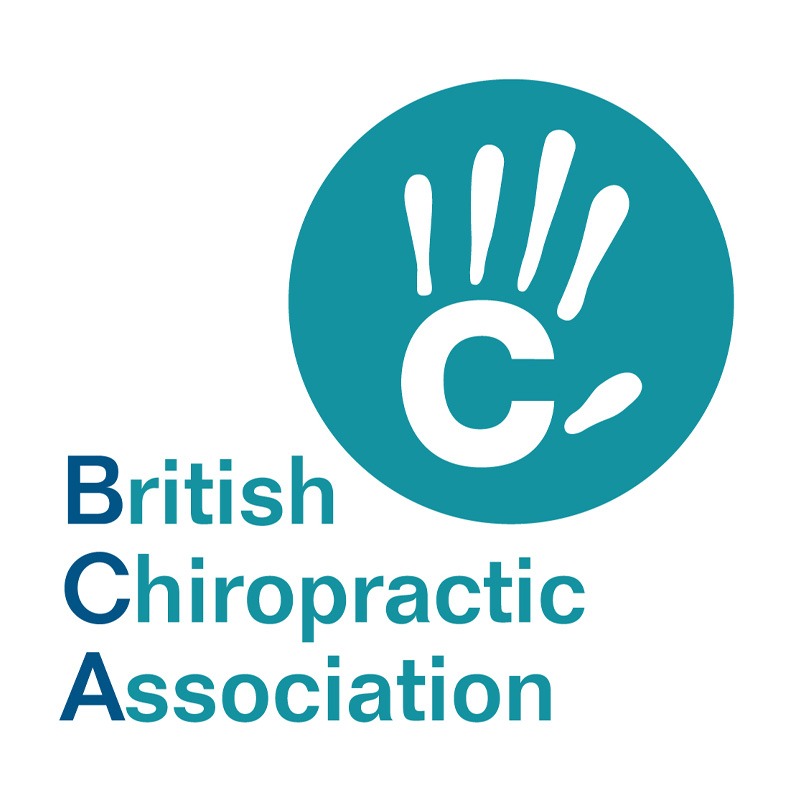Herniated Disc
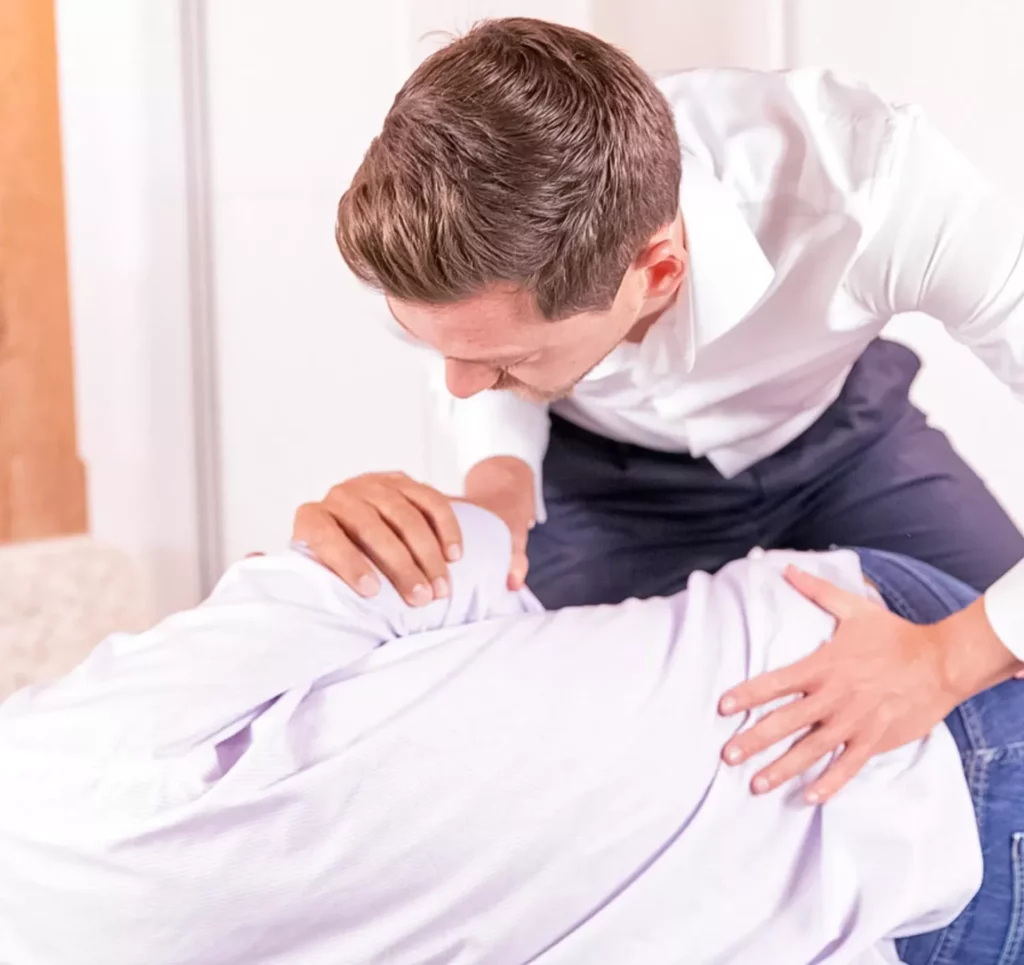
Treatment
Treatment & Therapy
A bulging disc is one that, for reasons of injury, wear and tear or ageing, has become inflamed, causing a part of the ‘balloon’ to inflate and protrude from between the vertebrae.
Very few treatments other than Chiropractic will help with the relief of Herniated Disc pain in the long term. NSAIDs can kill the pain, but aside from surgical intervention with lifelong side-effects, Chiropractic is proven to be the most effective treatment possible. If you have a herniated disc, chiropractic treatment is almost certainly going to alleviate the pain immediately.
How Can A Chiropractor Help Me With A Herniated Disc?
Bulging disc treatment can be delivered in a variety of ways by a chiropractor. This may include deep tissue massage which is used to release the tightness and mobilise the area again, and chiropractic adjustments.
Your spine has a disc between each of your 33 vertebrae, known as a cervical disc. These discs are similar to five balloons, one inside the other, with the middle one filled with honey. A healthy cervical disc will be a consistent shape and size and sit comfortably between the vertebrae, without protruding outside of the spine or touching any nerves.
A herniated disc is one that, for reasons of injury, wear and tear or aging, has become inflamed, causing a part of the ‘balloon’ to inflate and protrude from between the vertebrae. This type of injury, also sometimes referred to as a ‘slipped disc’, ‘Bulging disc’, ‘Trapped nerve’ and even ‘Sciatica’. Herniated discs cause stiffness and discomfort in the back but will not necessarily cause pain. Pain comes as and when a bulging disc touches or impacts upon a nerve, often then creating a trapped nerve.
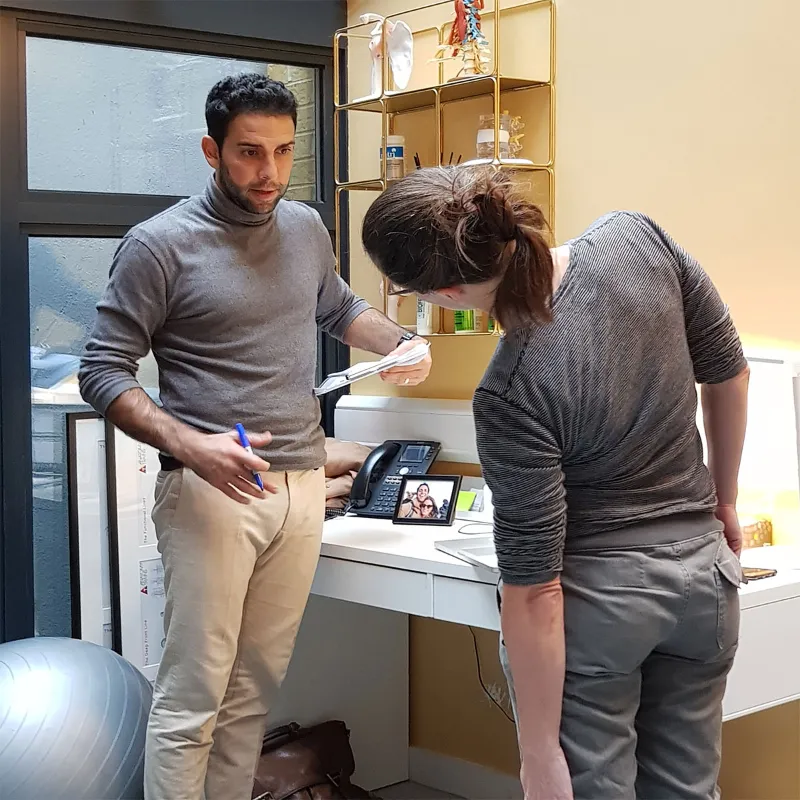
- Discogenic pain is pain originating from a damaged vertebral disc, particularly due to degenerative disc disease
- Not all degenerated discs cause pain, but may have other symptoms like weakness, numbness or tingling
- Disc degeneration occurs naturally with age and doesn’t mean you will suffer from a bad back
- Men between the ages of 20 and 50 are most likely to have a herniated disc
- Staying seated for long periods of time can put pressure on your spine and discs
- Herniated disc can occur anywhere along the spine, but most often occurs in the lower back
- Herniated disc is sometimes called a bulging, protruding, ruptured or ‘slipped’ disc
- It is one of the most common causes of lower back pain, as well as leg pain, or “sciatica”
- Disc pain can come on rapidly for no apparent reason, but the cause may well have been ongoing for many months
- Bulging discs put pressure on the surrounding nerve routes, resulting in pain that radiates down the back or other areas of the body
